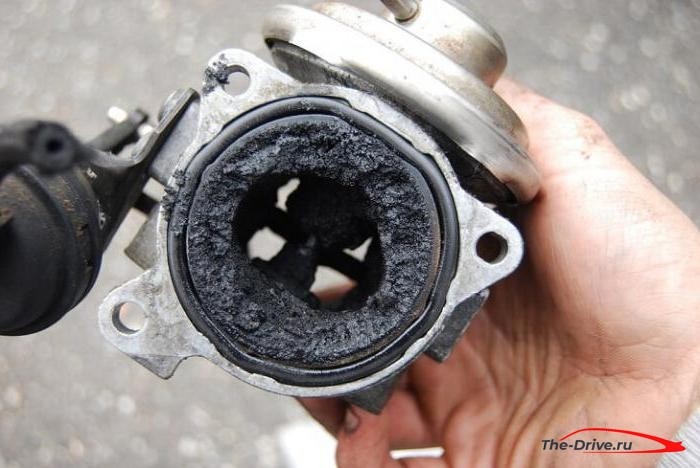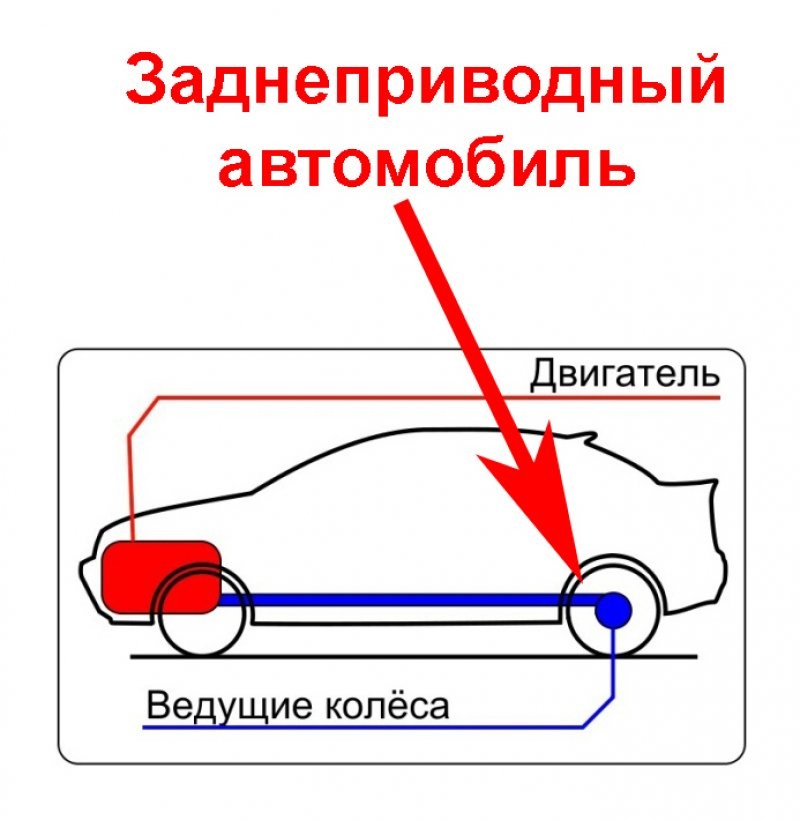
Vehicle emissions and air pollution
Millions of Americans rely on vehicles for their transportation needs, but cars are a big contributor to air pollution. As more information becomes available about the effects of passenger vehicle pollution, technologies are being developed to make cars and other vehicles more environmentally friendly. The potential health problems caused by air pollution can be very serious, so it's important to find a way to prevent the causes of pollution.
Efforts to develop environmentally friendly vehicles have intensified over the past few years, leading to the creation of environmentally friendly vehicles and fuel technologies that have the potential to reduce vehicle-related air pollution. This technology includes cars that are fuel efficient and use less oil, as well as cars that use cleaner fuels, resulting in fewer emissions. Electric cars have also been developed that do not produce exhaust emissions.
In addition to new technologies that can reduce air pollution, drastic action has been taken at the state and federal levels. Vehicle emission standards have been developed that have helped reduce pollution from cars and trucks by about 1998 percent since 90. The US Environmental Protection Agency has developed vehicle emission standards, and states have developed their own vehicle emission laws.
When cars pass inspection, they also pass emission tests. The amount of pollutants emitted by a particular vehicle and the rate at which it consumes fuel depends on many factors. The Environmental Protection Agency has developed models that estimate the average emissions of different types of vehicles. Emission testing has been arranged based on these estimates and vehicles must pass emission testing, however there are some exceptions to testing. Drivers should familiarize themselves with the specific vehicle emission laws in their country of residence to ensure they comply. Mechanics often have the tools they need to perform emissions testing.
EPA "Level 3" standards
The EPA Level 3 standards refer to a set of standards that were adopted in 2014. The standards are due to be implemented in 2017 and are expected to immediately start reducing air pollution caused by vehicle emissions. Tier 3 standards will affect vehicle manufacturers, who will need to improve emissions control technology, as well as oil companies, who will need to reduce the sulfur content of gasoline, resulting in cleaner combustion. The implementation of Tier 3 standards will significantly reduce vehicle air pollution and also benefit public health.
Major air pollutants
There are many things that contribute to air pollution, but some of the major pollutants include the following:
- Carbon monoxide (CO) is a colorless, odorless, poisonous gas produced during the combustion of fuels.
- Hydrocarbons (HC) are pollutants that form ground-level ozone in the presence of sunlight when they react with nitrogen oxides. Ground level ozone is one of the main components of smog.
- Particulate matter includes metal particles and soot, which give smog its color. Particulate matter is very small and can enter the lungs, posing a risk to human health.
- Nitrogen oxides (NOx) are pollutants that can irritate the lungs and lead to respiratory infections.
- Sulfur dioxide (SO2) is a pollutant produced when fuels containing sulfur are burned. It can react when released into the atmosphere, causing the formation of fine particles.
Now that scientists know more about the impact of vehicle emissions on the environment, work continues to develop technologies to help reduce pollution. The laws and standards that have been put in place regarding vehicle emissions have already helped to reduce air pollution, and much remains to be done. For more information on vehicle emissions and air pollution, visit the following pages.
- Vehicles, air pollution and human health
- Transport and air quality - information for consumers
- Unraveling U.S. Vehicle Emission Regulations
- National Institutes of Health - Air Pollution Overview
- Six Common Air Pollutants
- Finding an eco-friendly car
- Benefits and aspects of using electricity as fuel for vehicles
- NHSTA - Green Vehicle and Fuel Economy Guidelines
- What can I do to reduce air pollution?
- Overview of Federal Vehicle Emissions Standards
- Data Center for Alternative Fuels
- Drive Clean - technologies and fuels

